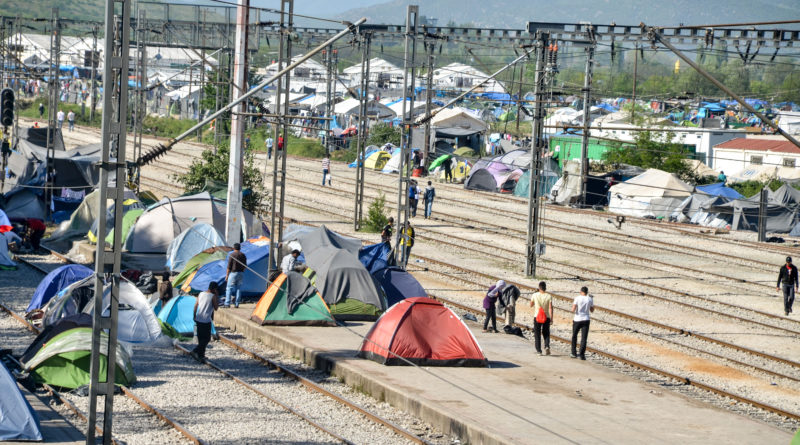An Update on the Border Crisis
3,175 total views, 1 views today
This month, the term “concentration camps” has been used with increased frequency to describe the immigrant detention facilities near the U.S.-Mexico border. Yesterday, a vital trade deadline between the two countries passed, opening the door to major changes in how immigrants apply for asylum.
In a deal established last month, Mexico and the U.S. agreed that if the latter country declared the former lax in its efforts to stymie immigrant flux across the countries’ border, then the U.S. would push for a major immigration procedure change. After today’s deadline, the U.S. can begin talks with Mexico to require immigrants to apply for refuge in Mexico instead of the U.S.
The day prior to this deadline, Mexican authorities insisted that their efforts have satisfied American standards. Mexico is eager to avoid discussions with the U.S. about moving asylum applications into its own lands, as the country is the largest source of immigrants into the U.S. Recently, U.S. Secretary of State Mike Pompeo praised Mexico for reducing the number of immigrants detained along the U.S.-Mexico border by over 30 percent, a move that could suggest asylum relocation talks will be avoided.
The Trump administration could nevertheless demand that immigrants apply for asylum in Mexico instead, as the president himself has not yet directly commented on the matter. Mexican foreign minister Marcelo Ebrard insists that Pompeo’s reaction, in addition to conversations Ebrard and Pompeo had in person in Mexico City on July 21st, is all the proof Mexico needs to block the U.S. from pushing to move asylum applications to Mexico.
Whether or not the U.S. remains the country in which immigrants seek asylum, conditions at the country’s many immigration detention facilities remain dire. Reports have emerged that children held in these facilities for as little as one week have immediately gone to emergency rooms following their release. Even children who enter in full health emerge suffering from conditions including pneumonia and bronchiolitis.
In response to ongoing medical concerns, detention facility visitors ranging from politicians to medical experts have criticized these facilities, many of which Border Patrol oversees, as overcrowded, unsanitary, and unsafe. Those working in the facilities have split them into two category types that testify to their allegedly cruel nature: “iceboxes” and “dog pounds.”
Immigrant physical health is of equal concern to mental health. Advocates have reported high attempted suicide rates in immigrant detention facilities. U.S. Immigration and Customs Enforcement (ICE) is doing little to curb this growing immigrant mental health crisis as, in 2017, President Trump overturned a longstanding policy that encouraged the agency to release immigrants suffering from mental illnesses.
Regardless of detention facility quality, this length of detention in Border Patrol facilities goes directly against Border Patrol policy. According to agency rules, immigrants must be medically examined, administratively processed, and fingerprinted for record collection. Thereafter, Border Patrol is supposed to release any immigrants who have spent 72 hours in the facility. This policy, as the border crisis shows, has long gone unheeded.

